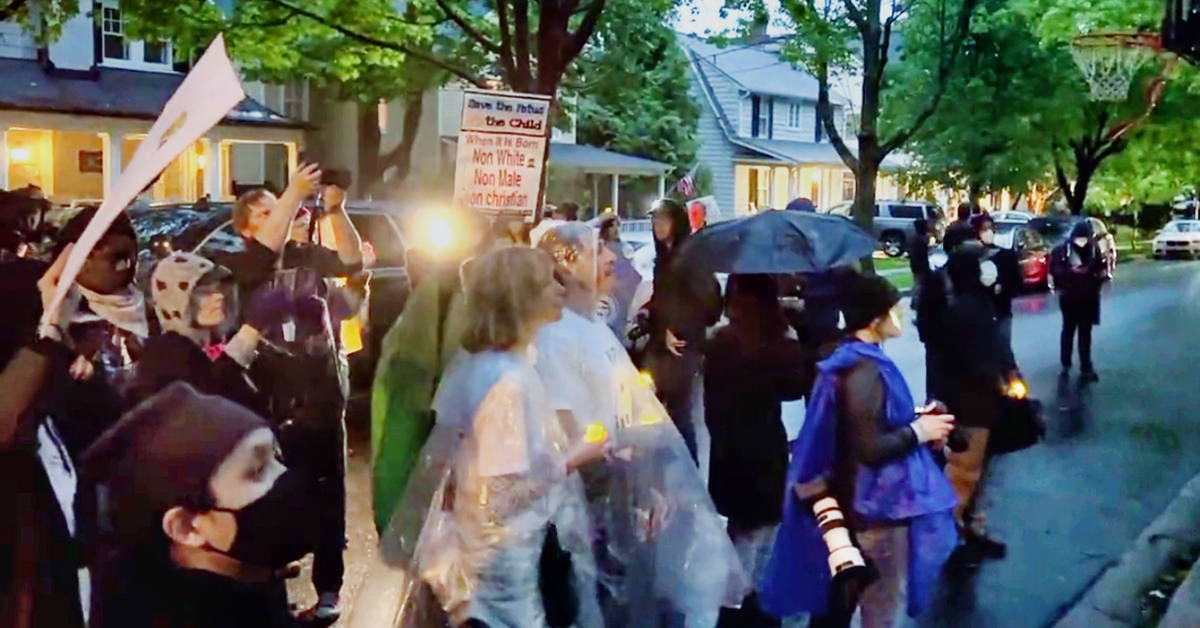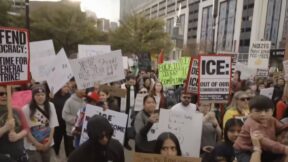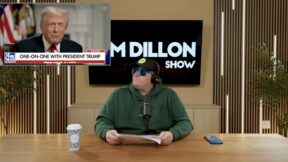Supreme Court Ruling Making It Illegal to Protest At Justices’ Homes Was About Protecting Privacy — Of An Abortion Doctor

The Supreme Court case that allows Virginia to outlaw protesting at the homes of Supreme Court Justices was over a law that was enacted to protect the privacy of an abortion doctor — from anti-abortion rights protesters.
Video of abortion rights activists peacefully demonstrating outside the home of Justice Brett Kavanaugh has become a rallying point for critics who have tried to paint the activists as “domestic terrorists,” or conflate them with perpetrators of vandalism and violence committed in other locations.
Ironically, a Supreme Court precedent that allows states and localities to outlaw such protests — like a Virginia law against “Picketing or disrupting tranquility of home” — was decided in favor of protecting the privacy of an abortion doctor from anti-abortion rights protesters.
The Frisby v. Schultz case involved a challenge to a law enacted in Brookfield, Wisconsin by Sandra Schultz and Robert Braun, a pair of activists described in the ruling as “individuals strongly opposed to abortion” who “wish to express their views on the subject by picketing on a public street outside the Brookfield residence of a doctor who apparently performs abortions at two clinics in neighboring towns.”
The ruling continues:
Appellees and others engaged in precisely that activity, assembling outside the doctor’s home on at least six occasions between April 20, 1985, and May 20, 1985, for periods ranging from one to one and a half hours. The size of the group varied from 11 to more than 40. The picketing was generally orderly and peaceful; the town never had occasion to invoke any of its various ordinances prohibiting obstruction of the streets, loud and unnecessary noises, or disorderly conduct. Nonetheless, the picketing generated substantial controversy and numerous complaints.
By a 6-3 vote, the justices decided in favor of the town, in a decision that mentioned “privacy ” more than twenty times.
“We readily agree that the ordinance preserves ample alternative channels of communication and thus move on to inquire whether the ordinance serves a significant government interest. We find that such an interest is identified within the text of the ordinance itself: the protection of residential privacy,” Justice Sandra Day O’Connor wrote in the majority opinion.




